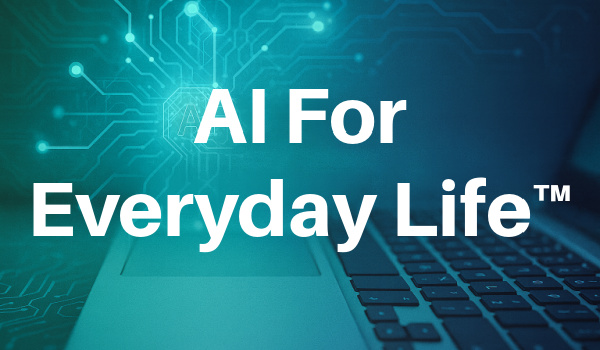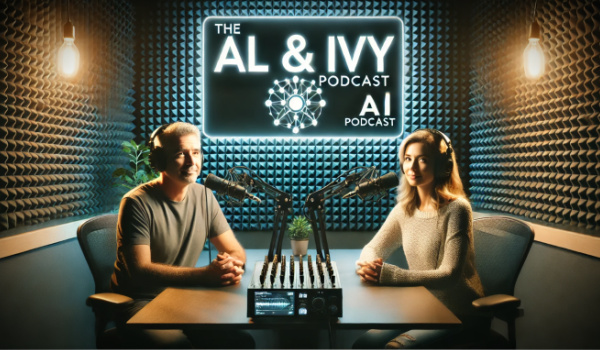Artificial intelligence has become the most talked-about technology in a generation, but for most people, it still feels mysterious. If you’ve ever wondered what AI actually “is,” you’re not alone. In fact, the majority of Americans say they hear about AI constantly but don’t feel confident explaining it.
Here’s the simplest way to think about it: AI is a tool that learns from examples so it can make predictions, answer questions, or help you complete tasks. Instead of being programmed step-by-step like old computer software, modern AI is trained on massive amounts of information—patterns in text, images, sounds, and real-world data. That training helps it recognize what you’re asking and respond in helpful ways.
You’ve already used AI many times without realizing it. When your photos automatically group by face or place—AI. When your bank flags a suspicious purchase—AI. When your phone suggests the next word in a text—AI. The new wave of tools like ChatGPT, Gemini, and Claude are simply more advanced versions of the same idea: software that recognizes patterns and uses them to help you communicate, plan, solve, and search.
The biggest misconception is that AI is trying to replace human thinking. In reality, it’s more like a calculator for language, planning, research, and ideas. It doesn’t “understand” the world the way people do, and it doesn’t have opinions, emotions, or personal motivations. It works by predicting what information would be most useful based on its training.
So how does this matter in everyday life? A lot more than people realize.
Families use AI to draft grocery lists, compare prices, organize schedules, or help kids understand homework. Seniors use it to remember appointments, track medications, or simplify digital tasks. Workers use it to improve emails, summarize meetings, or research faster. AI is becoming an invisible utility—helpful but not intrusive, powerful but not mystical.
For most households, the real benefit of AI is time. Instead of spending 30 minutes searching for an answer or planning your week, AI helps you do it in seconds. Instead of getting stuck trying to write a difficult email, you can get a draft instantly. Instead of sorting through dozens of websites for information, you can ask one question and get a clear summary.
The key is knowing what AI does well—and what it doesn’t. It’s excellent at organizing, summarizing, comparing, suggesting, drafting, and planning. It’s not good at giving medical diagnoses, offering legal advice, or determining absolute truth. AI can be incredibly helpful as long as you treat it like a smart assistant, not an oracle.
Understanding AI doesn’t require being “techy.” It simply requires thinking of it as a new household tool—one that helps with language, planning, information, and everyday decisions. You don’t need to master the technology behind it. You only need to learn how to ask for what you need. And once you do, you may find it becomes one of the most useful tools in your daily life.
 Cindy Taylor is the Publisher of Digital Wealth News and AI&Finance, a national voice at the intersection of technology, money, and modern consumer life. Her work reaches more than 300,000 readers each week across newsletters, media channels, and events, including the Big Sky AI Forum.
Cindy Taylor is the Publisher of Digital Wealth News and AI&Finance, a national voice at the intersection of technology, money, and modern consumer life. Her work reaches more than 300,000 readers each week across newsletters, media channels, and events, including the Big Sky AI Forum.





